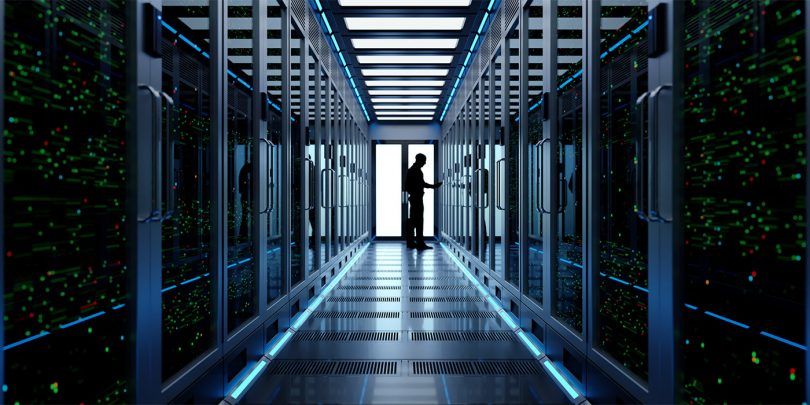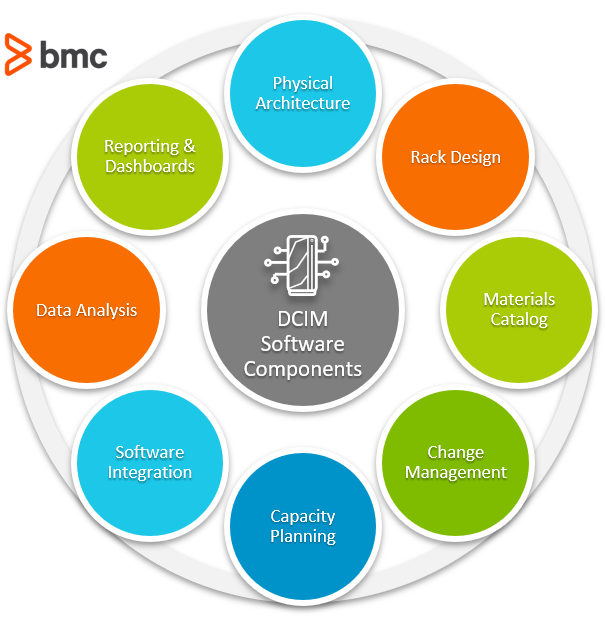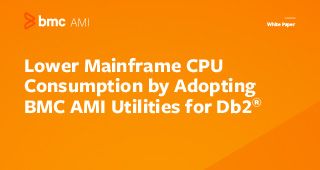Data Center Infrastructure Management (DCIM) refers to the discipline of managing and optimizing the operations and performance of your data center infrastructure.
A vast subject, DCIM emerged in response to the growing complexity of IT infrastructure systems.
Let’s take a look at the basics of this topic.
(This article is part of our Data Center Operations Guide. Use the right-hand menu to navigate.)
Data center infrastructure is complex
Ever since business organizations adopted networked computing technologies, the demands for computing resources evolved haphazardly.
In recent decades, requirements around scalability, performance, security, and operations have forced IT to adopt rapid changes to the underlying infrastructure all too often. As technology evolves to address the growing demands of the modern enterprise, new hardware gradually replaces old ones while IT struggles to manage the hybrid mix of latest and legacy data center systems.
The lack of a comprehensive integrated control system for hardware assets gave rise to the need for a purpose-built enterprise-class data center management suite. Enter DCIM.
(Smoothly migrate your data center with this checklist.)
What is data center infrastructure management?
In simple terms, DCIM is a software solution that delivers the processes and tools necessary to manage data center environments in a structured way. A DCIM tool could be the center point of your data center management.
One key value proposition of DCIM is its ability to manage change workflows at the physical layer in connection with the software applications that run on top of them.
DCIM also helps IT optimize the supply of computing resources against the changing demand.
For example, IT is encouraged to minimize the cost of per-unit operations of computing resources while satisfying the peak demand when necessary. Enterprises cannot invest enough in expensive data center technologies to match the peak demands on operational capacity. Instead, they rely on cloud infrastructure resources that seamlessly integrate into their IT environment.
DCIM technology uses a critical set of metrics that consider the performance of virtual instances, autonomously matching operations between resource demand and supply.

Components of DCIM
DCIM solutions are made of several components. These support a variety of enterprise IT functions at the infrastructure layer.
Physical architecture
The floor space of a data center is planned according to:
- The dimensions of the equipment
- Airflow and cooling
- Human access
- Other geometric and physical factors
Here, DCIM technology helps you visualize and simulate the representation of server racks deployed in the data center, so you can determine if the physical space is satisfactory.
Rack design
Typically, you’ll use standardized cabinets to install server and networking technologies in your data center. Understanding of the specifics associated with rack design can help data center organizations to plan for capacity, space, cooling and access for maintenance and troubleshooting.
DCIM can help optimize the selection and placement of server racks based on these factors.
(Learn how to secure your server room.)
Materials catalog
DCIM technologies contain vast libraries of equipment material. The information ranges from basic parameter specifications to high-resolution renders. With new technologies introduced rapidly in the industry, these libraries are updated and maintained regularly in coordination with the vendors.
Change management
Data center hardware must be replaced periodically, due to a few reasons:
- The inherently limited lifecycle of hardware
- A malfunction
- The need to upgrade to a better product
This change, however, can affect the performance of other integrated infrastructure technologies. DCIM allows a structured approach to manage such hardware changes, allowing IT to change or replace hardware by:
- Following predefined process workflows
- Reducing the risks associated with the change
Capacity planning
The data center should be designed to scale in response to changing business needs. That means your capacity planning must account for:
- Space limitations
- Weight of equipment and racks
- Power supply
- Cooling performance
- A range of other physical limitations of the data center
The DCIM tool can model a variety of future/potential scenarios, planning future capacity based on these limitations.
(Read more about capacity planning for the mainframe.)
Software integration
DCIM solutions integrated with existing management solutions that are designed to track and coordinate data center assets and workflows. Integrations can include:
- Protocols such as SNMP and Modbus
- Complex web integrations
- CMDBs
Data analysis
Real-time data collection and analysis is a critical feature of DCIM technologies. With a DCIM tool, you can:
- Track a variety of asset metrics
- Transfer data between DCIM solutions using web-based APIs
- Analyze data using advanced AI solutions
Looking at the real-time performance of the metrics can help you mitigate incidents such as power failure, security infringements, and network outages—ahead of schedule.
(See how data analysis can support DCIM.)
Reporting & dashboard
A good DCIM tool transforms vast volumes of metrics log data into intuitive dashboards and comprehensive reports. Automated actions can be triggered using the reporting information and studied for further analysis.
DCIM capabilities & vendors
These capabilities are delivered with multiple software modules and solutions, potentially from multiple different vendors and can be integrated into a comprehensive DCIM suite.
Some of the popular DCIM vendors include:
- Nlyte Software
- Sunbird Software
- Vertiv
- Schneider Electric
- openDCIM
Getting started with DCIM
Moving from traditional spreadsheet planning to a full-scale DCIM suite may require organizations to reevaluate how they manage their data center assets.
A good starting point is to adopt DCIM solution modules in phases: start with the bare minimum and upgrade the functionality in small steps.
Related reading
- BMC IT Operations Blog
- Infrastructure Monitoring vs Management: What’s The Difference?
- What Is a Software-Defined Data Center? SDDCs Explained
- Power Outages at Public Cloud Data Centers: How To Mitigate Risks








